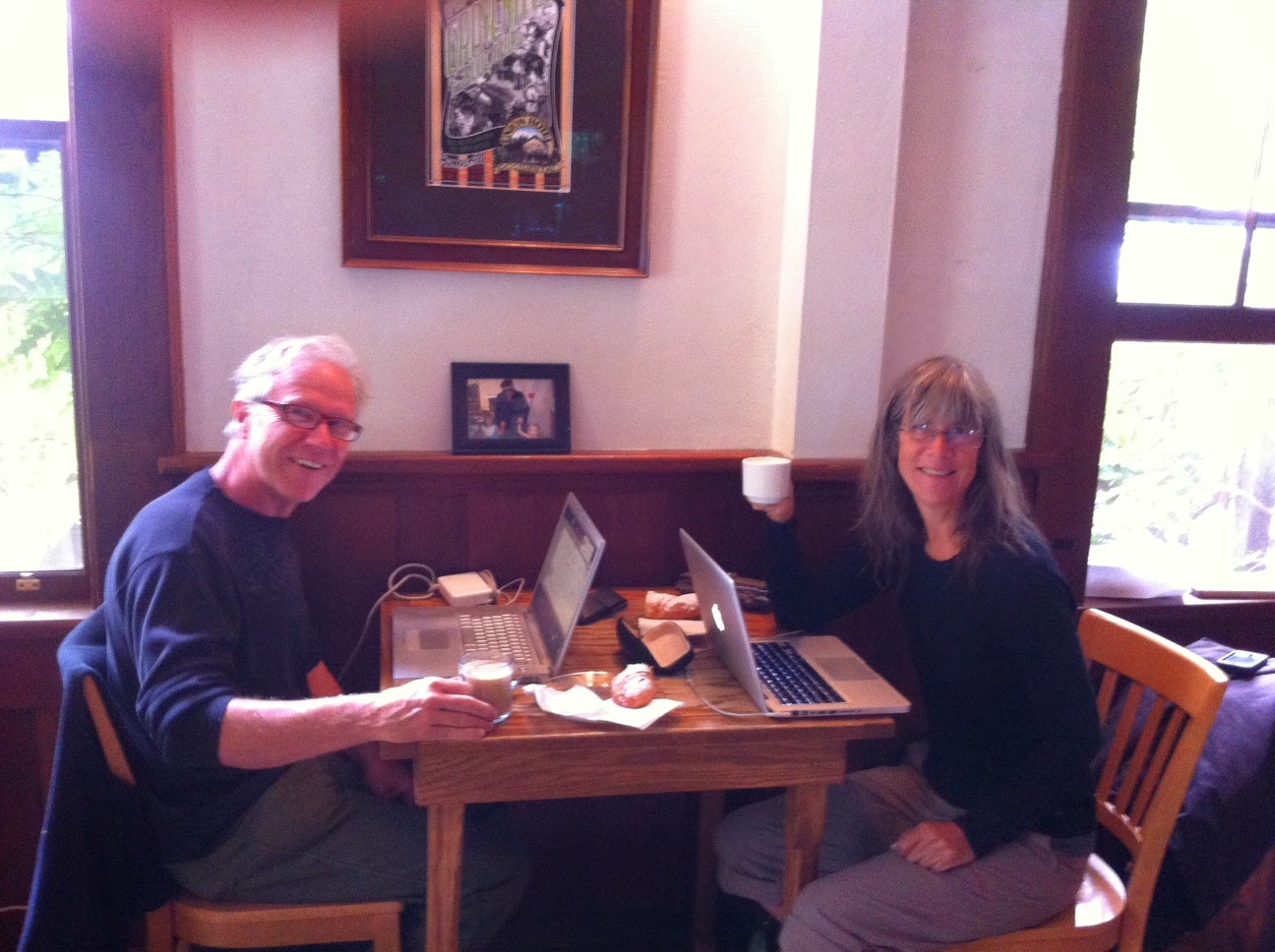Pictures of Feral Farm will be loaded later once we find the cable for Tim’s
camera.
Matt Van Boren hates agriculture. He produces zines about it
and pretty clearly lays out how, no matter what, no matter how organic,
agriculture depletes soil and releases carbon into the atmosphere. He allows
that permaculture does it better than most but still…he believes in going feral
with a light touch on the habitat. So his land is an exploration in forest
management and the planting and harvesting of useful perennial plants ala the
ancient practices of indigenous peoples prior to the invasion. His land doesn’t
look like a farm, it looks like a forest and it takes going on a tour with him
to realize how much food he is restoring to this ecosystem. Chestnut trees are
tucked into the forest throughout as well as all kinds of fruits, berries and
medicinals. He does not irrigate. The plants make it or they don’t. For meat
based protein, he harvests road killed deer. There is plenty of that in this
part of the world.
It made me think. Irrigation is not only a pain because of
constant maintenance needs, but is also ultimately untenable as water becomes a
dwindling resource due to aggressive and wasteful agricultural practices. The farming
practice of harvesting annuals that must be replanted each season takes huge
amounts of water while stripping the soil of microbiota due to tillage. Southern Cal
is in for a bad ride on this account. Surprisingly, Tim and I have come upon a
number of interesting techniques in this water rich part of the world (Skagit County, Washington) that can
be retrofitted to our desert needs. Such as:
Hugelkultur – instead of raising the beds into big mounds
that have too much surface for evaporation, sink the beds and line with clay
for moisture retention. Better yet run your greywater to the bed in an
underground perforated pipe. Use the bed to grow food and medicinal perennials
by reusing your recycled household water.
Biochar – sequesters carbon, aids in water retention and
creates a rich medium for soil microbiology. Mix biochar into the Hugel beds.
Go feral – concentrate on desert land restoration. The
Mojave desert we see today is not the Mojave of even 200 years ago. Gold miners
cut down the native food rich mesquites for smelting. Cattle decimated the food rich native Indian rice
grasses. The loss of ground cover has led to less ability for the soil to hold
moisture. The land dries out and drains away into gullies and arroyos. Let’s
research how to restore the mesquites and the grasses that can provide food for
us and for the local fauna.
Carbon
ranching holds intriguing possibilities.







































